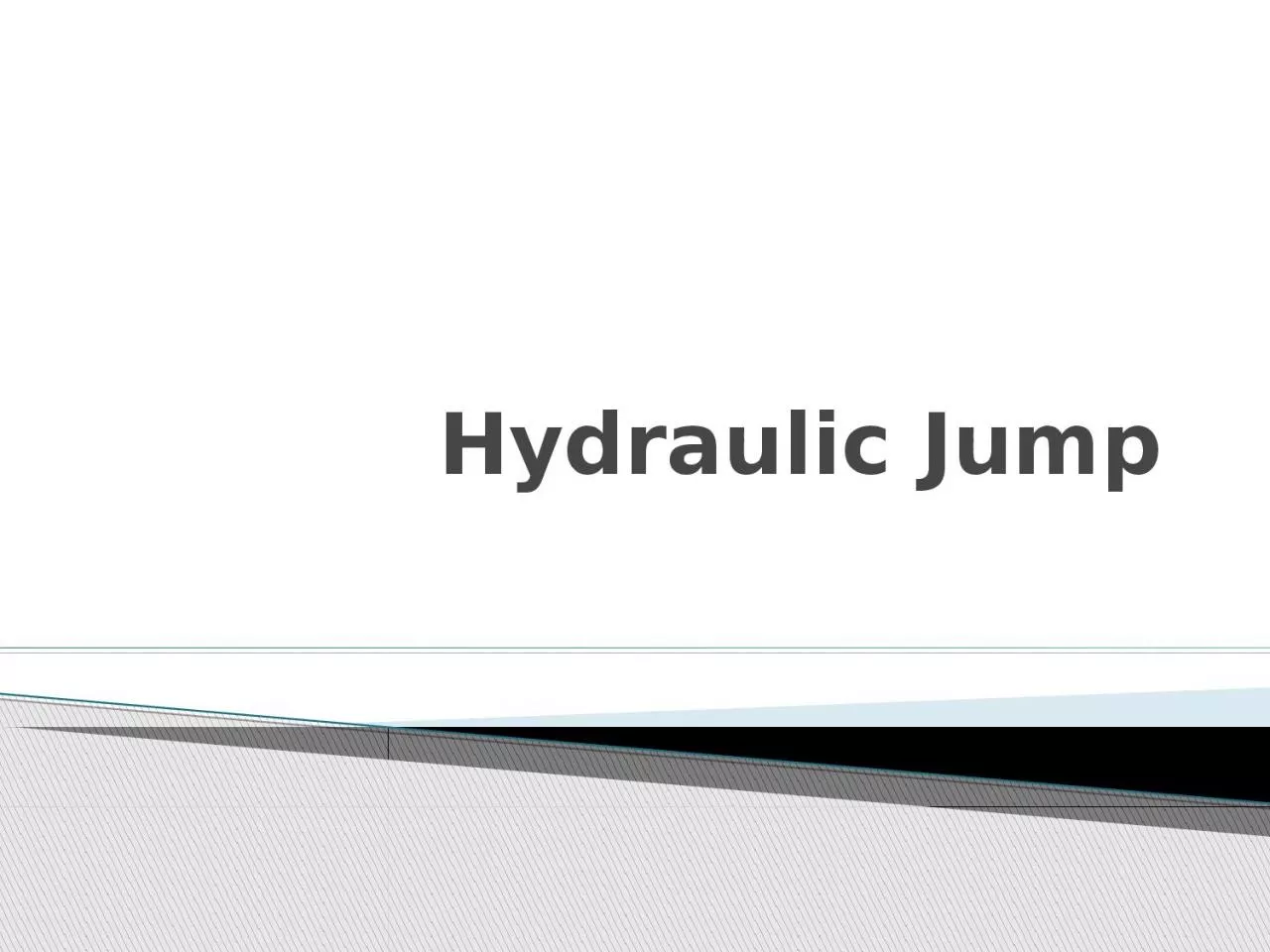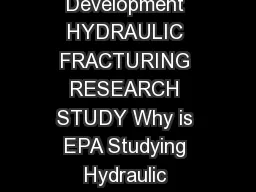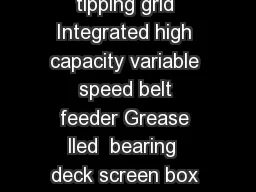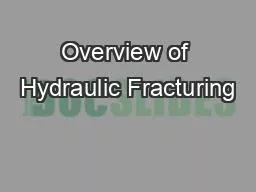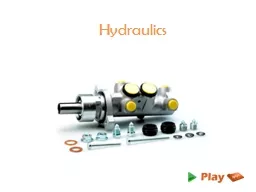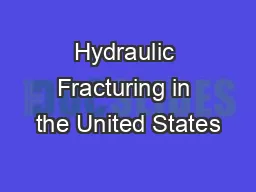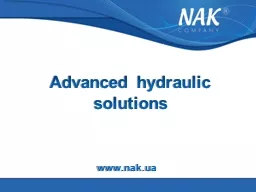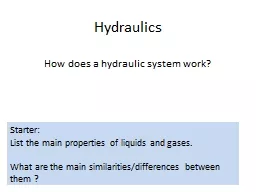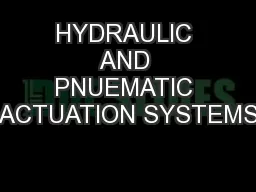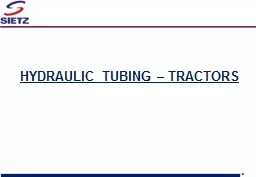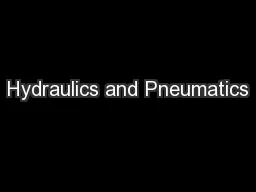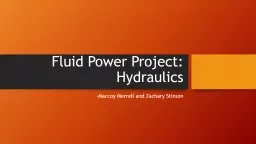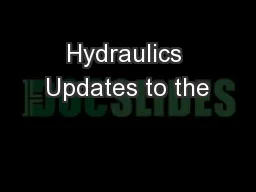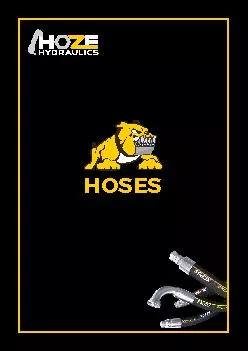PPT-Hydraulic Jump Most important phenomena in Hydraulics
Author : callie | Published Date : 2023-10-29
Occurs when supercritical flow has its velocity reduced to subcritical The result is marked by a discontinuity of surface characterised by a steep upward slope of
Presentation Embed Code
Download Presentation
Download Presentation The PPT/PDF document "Hydraulic Jump Most important phenomena ..." is the property of its rightful owner. Permission is granted to download and print the materials on this website for personal, non-commercial use only, and to display it on your personal computer provided you do not modify the materials and that you retain all copyright notices contained in the materials. By downloading content from our website, you accept the terms of this agreement.
Hydraulic Jump Most important phenomena in Hydraulics: Transcript
Download Rules Of Document
"Hydraulic Jump Most important phenomena in Hydraulics"The content belongs to its owner. You may download and print it for personal use, without modification, and keep all copyright notices. By downloading, you agree to these terms.
Related Documents

